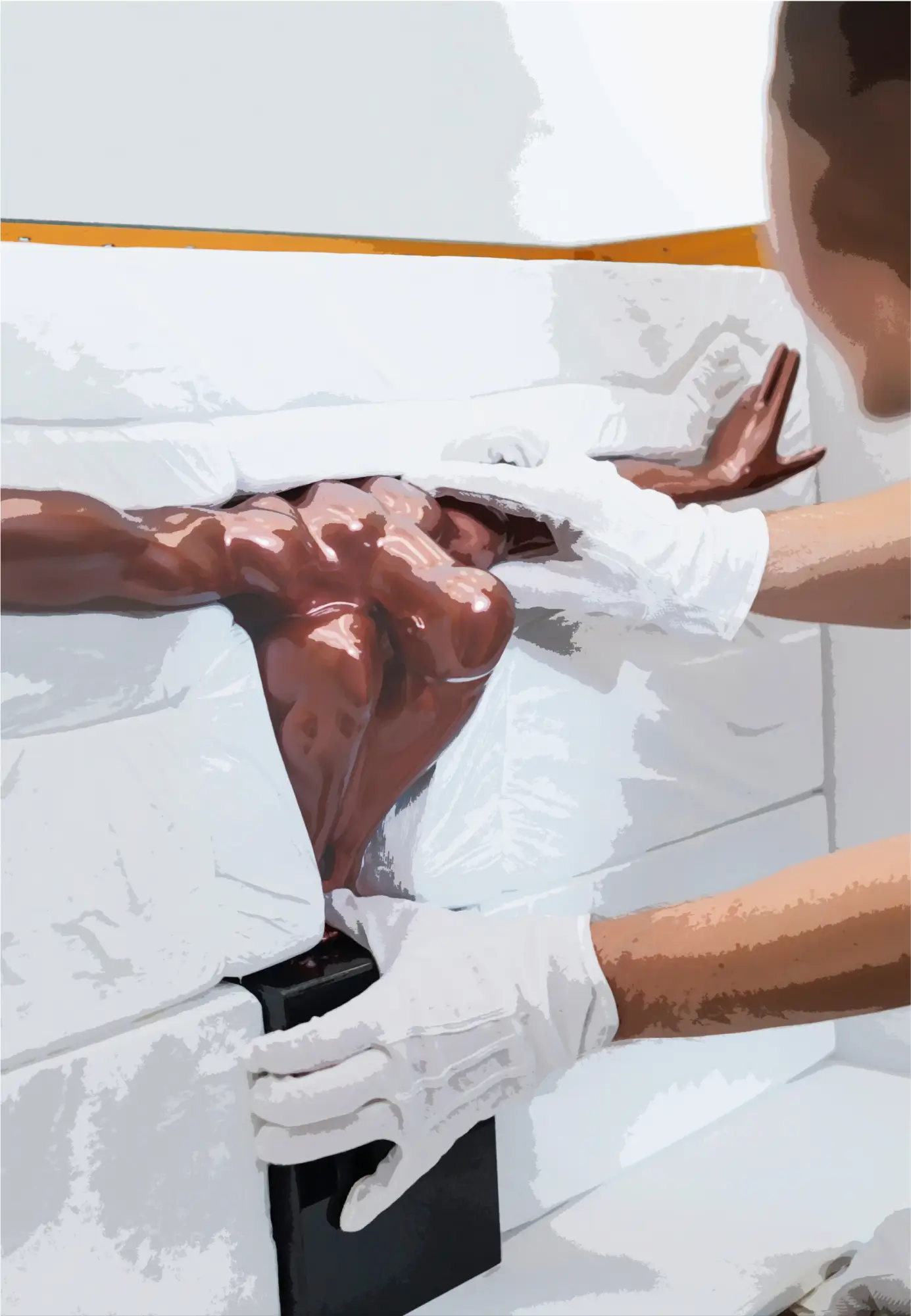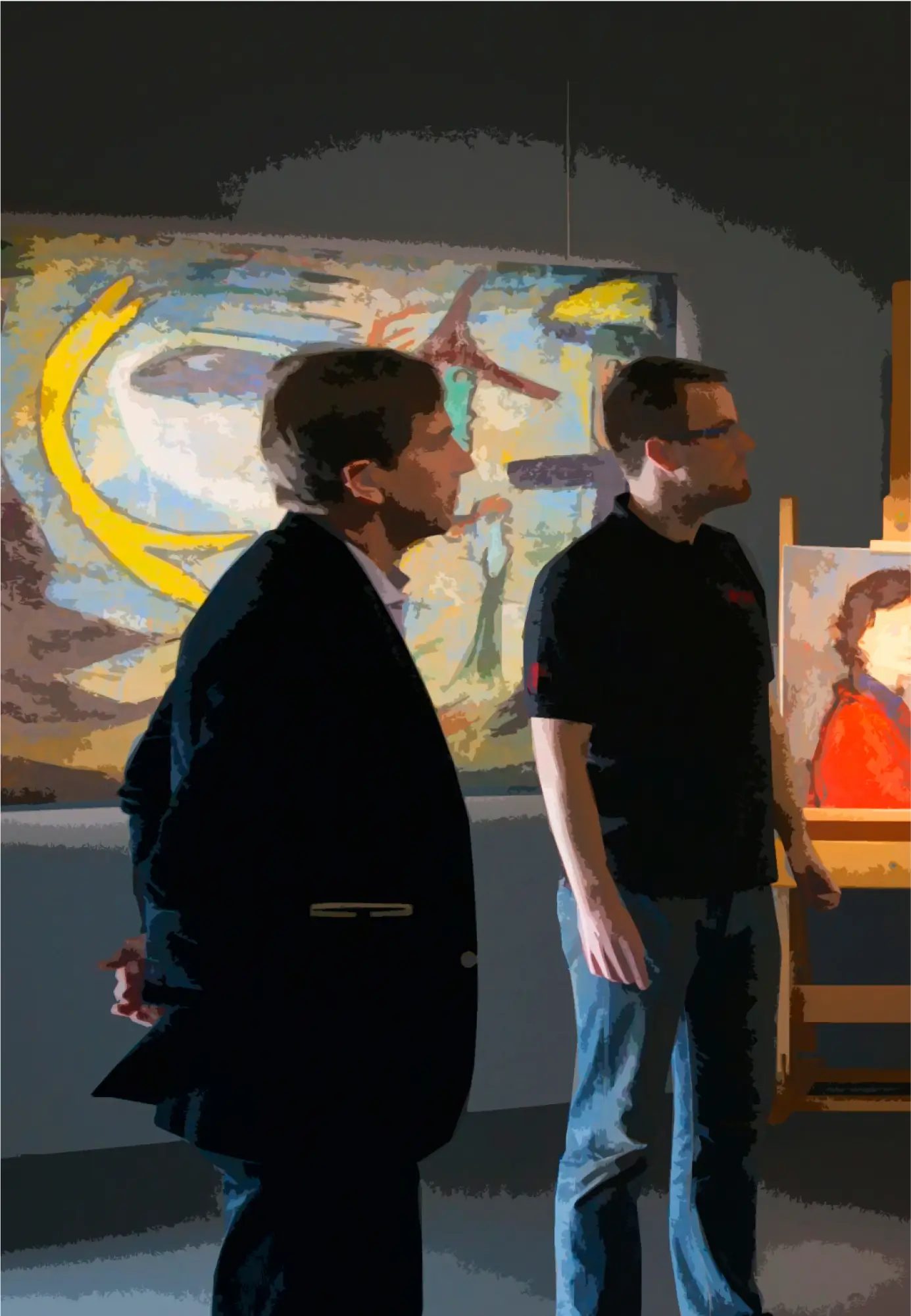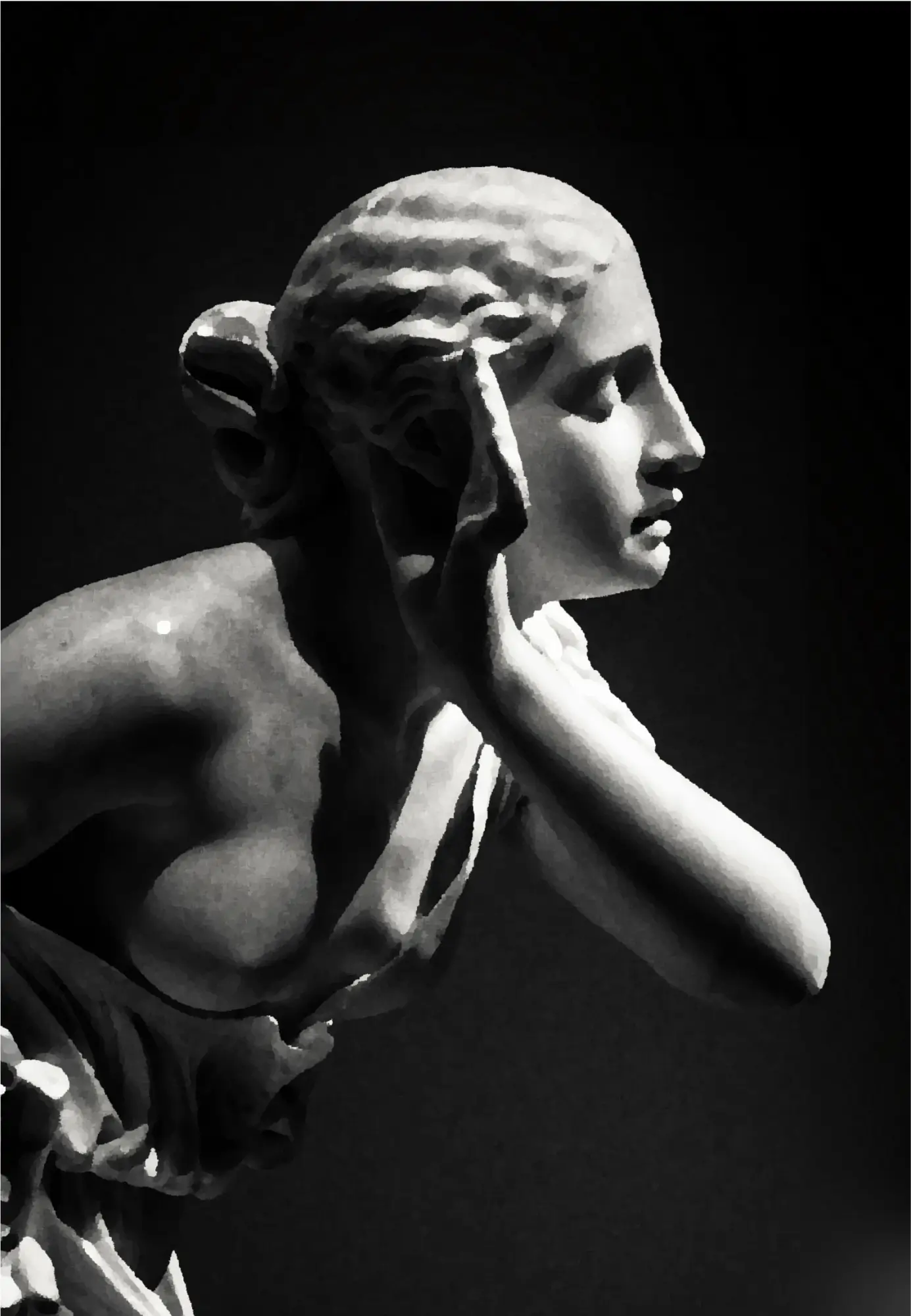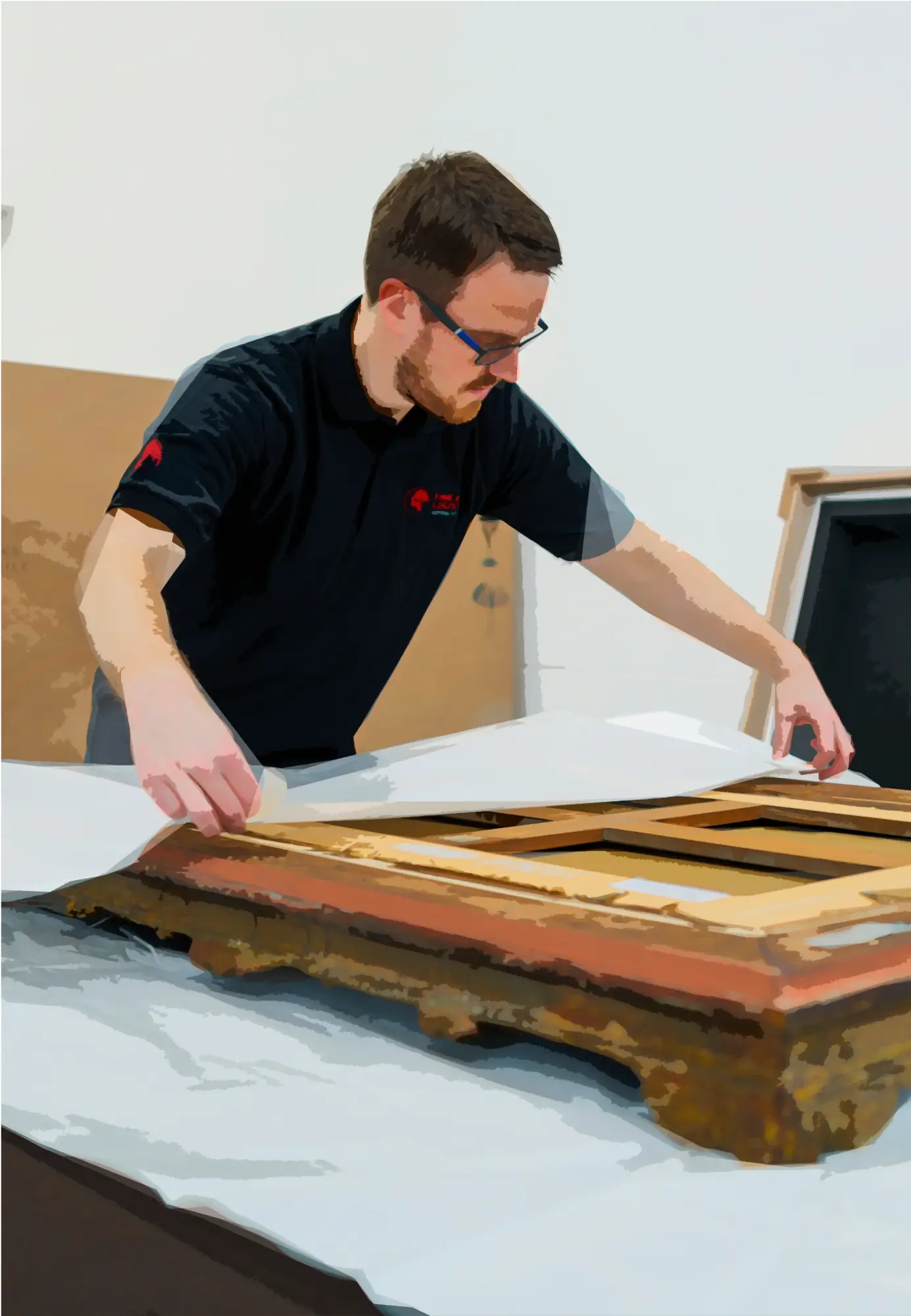The golden rule for any serious investor is to not put all your eggs in one basket. Diversifying your assets is the easiest way to minimise the risk of incurring significant losses.
From this standpoint, the art world is a potentially interesting option. Nonetheless, it is important to take into consideration that the art market is a particular microcosm that operates according to its own codes.
In this article, we will go through the reasons why art is a wise investment. We will then detail how to enter the art market to identify potentially good investments.
Are you looking to invest in art?
Download our Auction Calendar
We have prepared a calendar for you which announces the sales taking place in the coming weeks.read more
The events include the theme of the sale, the name of the house or foundation and information about the lots and artists.
This tool, compatible with Google, Outlook and Apple, is intended to evolve! From now on, we will regularly add new auctions which will automatically synchronise with all the calendars.
To get it, fill in this form and receive the instructions for use (installation in 30 seconds)
"*" indicates required fields
We would like to reiterate that we do not provide any investment advice, we simply offer an overview of the opportunities that the art market has to offer.
Why invest in artworks?
The first reason, as stated above, is to look into the art market to diversify your investment portfolio. But why art rather than real estate or crypto-currencies, for example?
One of the main reasons in these uncertain times for the various investment sectors is that the art market is completely uncorrelated with the stock markets. Thus, in times of crisis, works of art can be considered as a safe haven, and even if other investment sectors show downward trends, these fluctuations do not impact the art market.
We may also consider the fact that artworks, like real estate, are not liquid assets. This means that exchanging them for cash is a more intensive and time-consuming task than for other types of investments. Therefore, the art market is a perfect option for those looking to invest in the long term.
Companies can also see a tax advantage in investing in the art world. By setting up a corporate collection, and under certain conditions that we detailed in a previous article, they can enjoy tax deductions.
Contrary to popular belief, investing in the art market is not just for the wealthy. The truth is that most works of art are not expensive, although it is true that some are worth millions of dollars and that the art market fluctuates according to the price of these works.
In reality, investing in art is an opportunity open to all. With a lot of research and knowledge of the art world, anyone can find an exceptional investment opportunity.
Some cautionary considerations before investing in the art market.
The art market is not risk-free.
Although the art market is accessible to all investors, it is nevertheless a risk, as with all other types of investment. Make sure you are well-informed about this particular market and apply a basic rule: only invest what you are prepared to lose, as the trendy artist today may fall into oblivion and turn your investment into a pretty decoration for your fireplace.
Economic downturns are times when works of art lose their value. This tends to reduce sales as investors prefer to postpone resale to more favourable times.
Acquiring collectible works of art generates incidental costs and fees, which are important to take into account.
- Firstly, it is the buyer's responsibility to ensure that the work is properly safeguarded, for the simple reason that its condition will have an impact on the price when it is resold: ensuring that it is in impeccable condition is therefore highly recommended.
- Secondly, artworks are fragile objects that need to be stored in climate controlled facilities.
- Investors should also budget to cover their purchases with insurance companies.
- As an object, artworks are subject to VAT which sometimes has a significant impact on the invested amount.
- And lastly, with regard to additional costs, a purchase made at an auction will be increased by a certain percentage value, supported by the buyer.
As specialists in free zone art storage, we operate a VAT suspensive regime and our reputedly tamper-proof facilities offer unlimited insurance coverage with all major insurance groups.
How to invest in art?
At first glance, the art market may seem impervious. Of course, Picasso, Dali, Warhol and other prominent names in the art world have reached heights that fuel the belief that investing in the art market is only for the wealthy.
However, if you take a closer look into the market, you will find many ways to invest without having to put huge amounts of money on the table.
Develop your investor mindset.
Even if investing in a piece of art stems from an emotional part, it is important for investors to seek out information ensuring that the intended purchase has a real potential for appreciation over time.
Developing an investor mindset requires a kind of curiosity about the art sector. Visiting contemporary art museums and galleries or going to auction houses will help you to know the newest trends and the most popular artists.
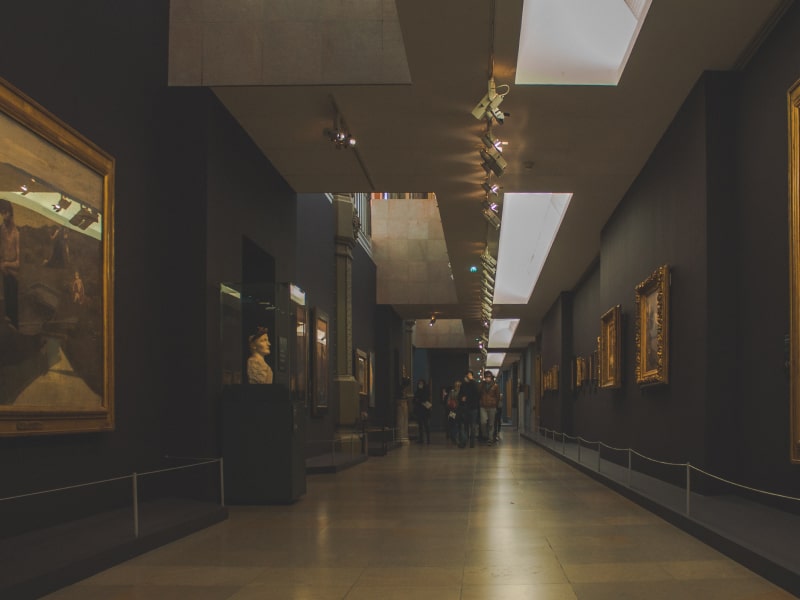
The various types of investment.
The types of artworks differ according to the expected return and ease of access.
The Old Masters
These are artworks by the world's most renowned artists, which are synonymous with prestige, notoriety and high prices.
The Blue Chips.
This category concerns works of art of the highest caliber from well-known artists who have a major cultural appeal. These artworks are usually traded for more than $10,000.
The emerging artists.
Here we are dealing with the most speculative, but also the most affordable form of investment. While the acquisition of a masterpiece or that of an established artist will be done exclusively through a gallery or auction house, the artworks of emerging artists can be acquired directly from them.
However, going through a gallery or art dealer to acquire pieces by a new artist offers the guarantee of being in contact with an artwork that some experts believe has potential for further recognition.
Of course, whoever you buy from, you will need to find out about the artist you are interested in to ensure that you make a sound investment. You will be able to find out about their training, the orders they have eventually received and the exhibitions they have taken part in.
As a last step before buying from an emerging artist or gallery, try to get an independent appraisal, even if it means spending some money, it is probably better than a bad investment.
The distinctive features of the art market.
The art market is an isolated microcosm that functions primarily on access to first-class information and assent.
In fact, a gallery's communication for a particular artist, an exhibition in a major museum, or a curator's statement can shape the entire emerging market.
Purely as a result of the assent phenomenon, buyers tend to be interested in a small number of artists without any real reflection on the quality of the works produced.
A single mention or a high-profile exhibition is enough to increase demand and thus to drive prices up, sometimes only for a short time. As soon as the buzz stops, the attention fades and the price drops.
In addition to assent, personal relationships produce an exchange of information that allows the most established players to acquire an artist before his or her value explodes. For example, a curator who tells a buyer about the future exhibition of an emerging artist gives him or her vital information about the direction the market is going to take and indirectly the right purchases to make.
It is therefore crucial to attend sales and exhibition venues in order to develop an influential network that can provide you with the right information.

In any case, the key to making a good investment in the art market is to visit auction venues, soak up the trends and find out about upcoming events. As you progress, your understanding of the trade will become more and more acute and you will develop a keen eye for pieces whose value can be enhanced over time.
Are you looking to invest in art?
Download our Auction Calendar
We have prepared a calendar for you which announces the sales taking place in the coming weeks.read more
The events include the theme of the sale, the name of the house or foundation and information about the lots and artists.
This tool, compatible with Google, Outlook and Apple, is intended to evolve! From now on, we will regularly add new auctions which will automatically synchronise with all the calendars.
To get it, fill in this form and receive the instructions for use (installation in 30 seconds)
"*" indicates required fields
